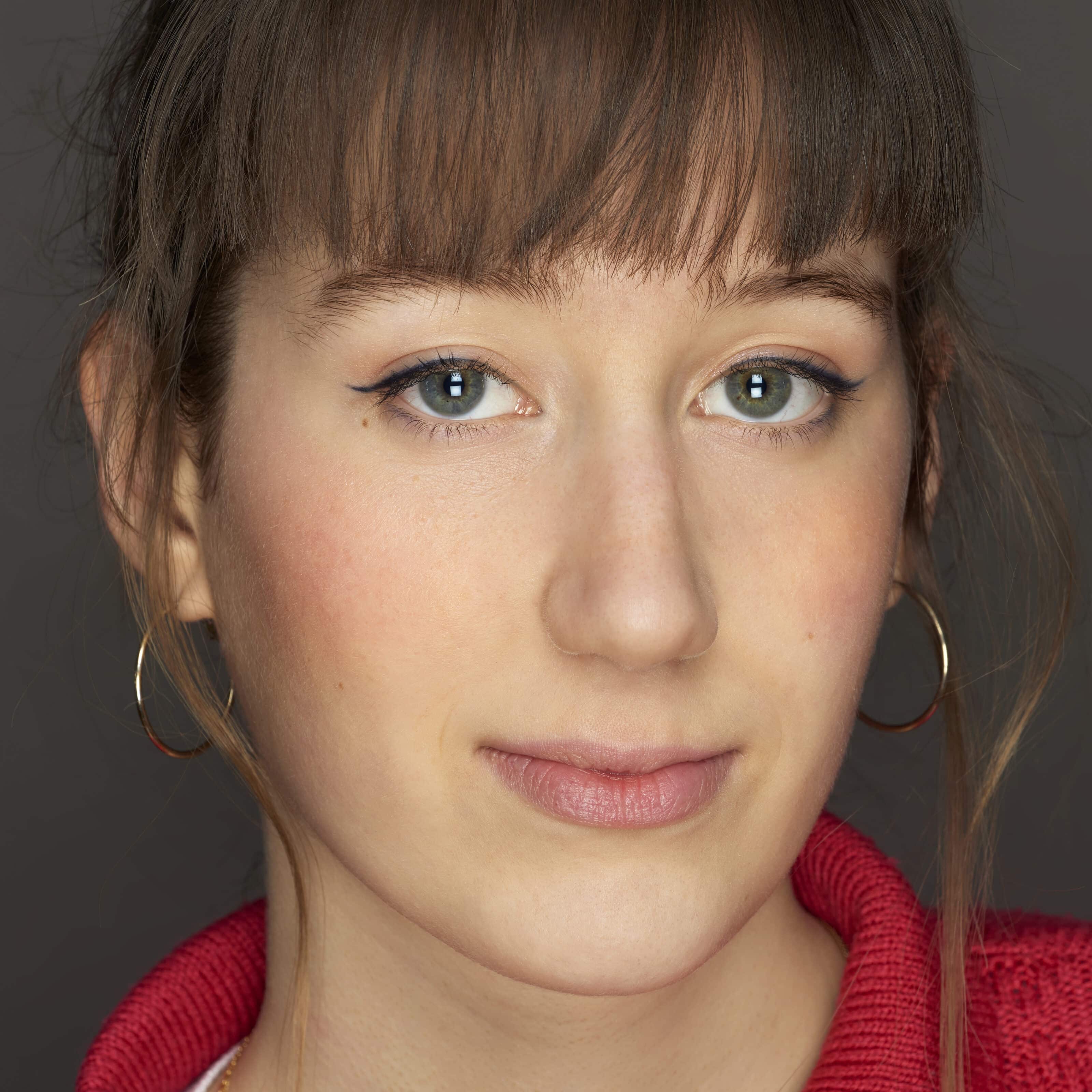Women in colorful dresses and with elegant hairstyles crouch on the sidewalk on Madison Avenue in New York. The first photo in Recreation captures the Zeitgeist and above all the fleeting nature of the moment. The handpicked images are like souvenir...




